Choosing the best bank that aligns with your financial goals and needs can be a crucial decision. Learn how to navigate through the myriad of options to find the perfect bank for you.
Understanding Different Types of Banks
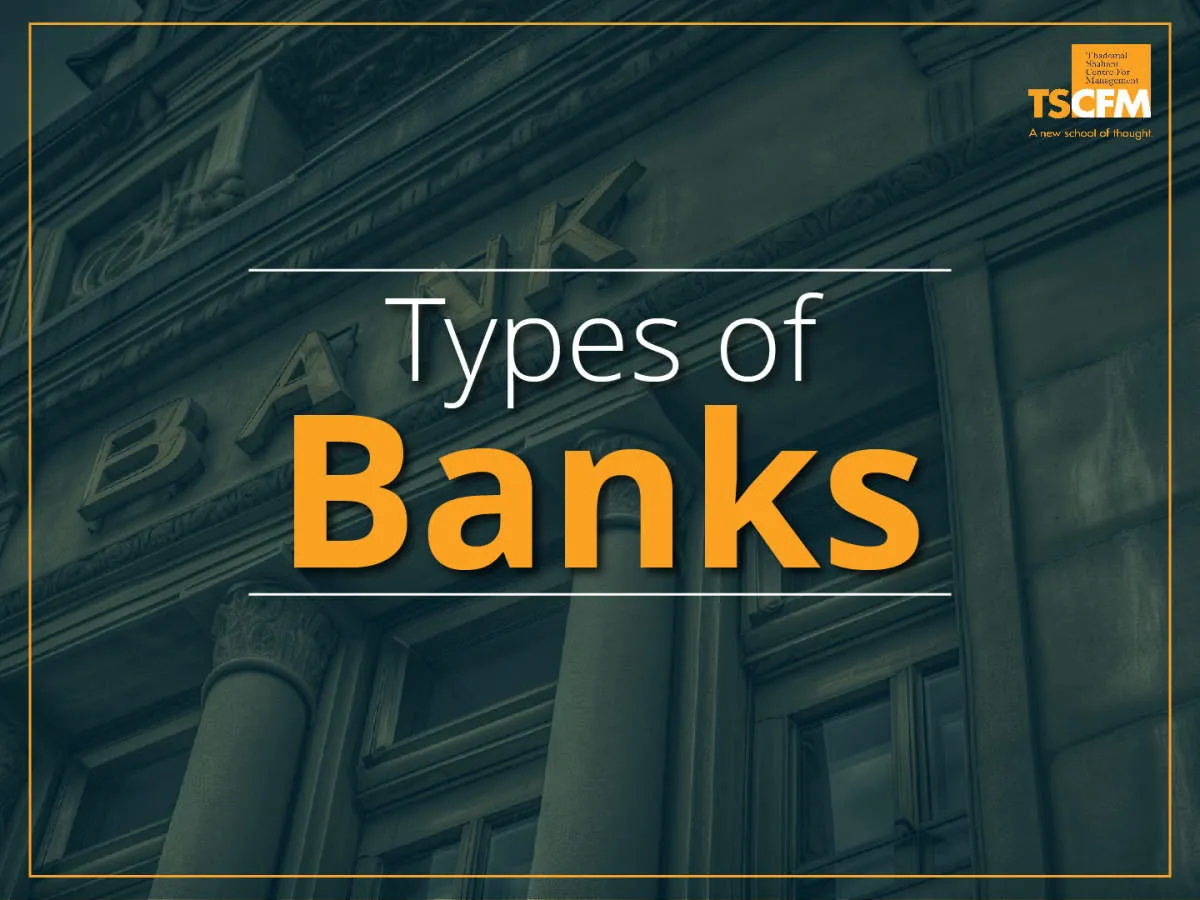
Not all banks are created equal. Each type of financial institution comes with its own set of specializations, services, and target audiences. Understanding these differences is crucial in making an informed decision about where to entrust your finances. Here’s a breakdown of the most common types of banks you’ll encounter:
1. Commercial Banks
These are the most prevalent type of bank. Commercial banks cater to both individuals and businesses, offering a wide range of financial products and services.
- Checking and Savings Accounts: Foundational accounts for managing your money.
- Loans: Including personal, auto, and home loans, to finance various needs.
- Credit Cards: Providing a revolving line of credit for purchases.
- Investment Services: Often through a brokerage arm, offering investment options.
2. Credit Unions
Credit unions are member-owned financial cooperatives. They typically offer similar services to commercial banks but often with a more personalized touch and potentially better rates and fees due to their not-for-profit structure.
- Membership Requirement: You’ll need to meet specific criteria to join, such as living in a certain area or working in a particular field.
3. Online Banks
Operated entirely online, these banks typically have lower overhead costs, which can translate into higher interest rates on savings accounts and lower fees. However, they lack physical branches, which may be a consideration for some.
4. Investment Banks
As the name suggests, these institutions specialize in complex financial transactions, primarily serving large corporations, governments, and high-net-worth individuals. They are involved in activities like:
- Underwriting Securities: Helping companies issue stocks and bonds.
- Mergers and Acquisitions (M&A): Facilitating the buying and selling of companies.
5. Savings and Loan Associations (S&Ls)
These institutions primarily focus on providing savings accounts and mortgage loans. They are a less common choice for everyday banking needs compared to commercial banks or credit unions.
Comparing Fees and Interest Rates
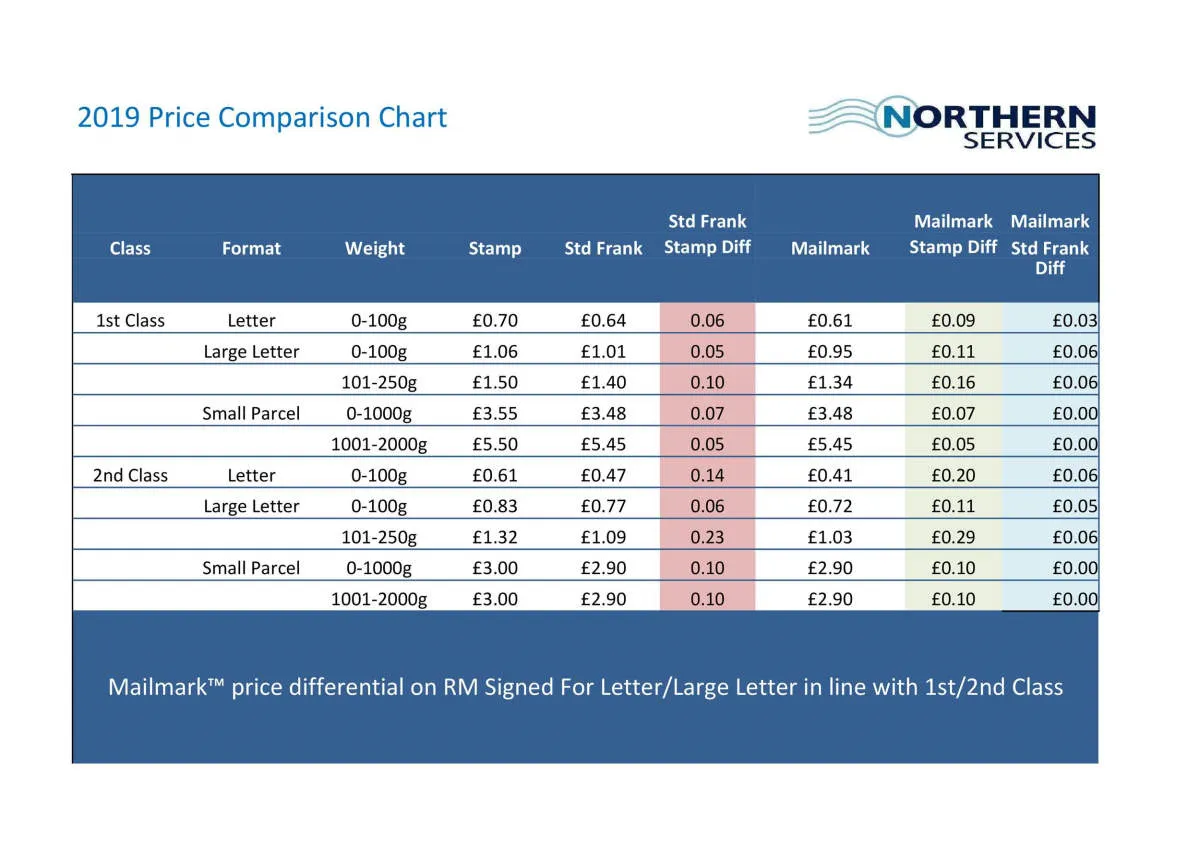
When choosing a bank, it’s crucial to compare fees and interest rates across different institutions. This analysis can significantly impact your finances, influencing both the cost of banking services and the potential growth of your savings.
Fees to Consider:
- Monthly maintenance fees: Some banks charge a fee simply for having an account. These fees can vary widely, so check if you qualify for a waiver (e.g., minimum balance requirements).
- ATM fees: Using an out-of-network ATM often incurs fees from both your bank and the ATM provider. Consider banks with extensive ATM networks or reimbursement policies.
- Overdraft fees: Incurred when you spend more than your account balance. These fees can be substantial; explore overdraft protection options or alternatives like decline policies.
- Transfer fees: Some banks charge for transferring funds between accounts or to external institutions. Look for free transfer options, especially for online and mobile banking.
Interest Rates:
While fees represent costs, interest rates can work in your favor:
- Savings account interest: Higher interest rates translate to greater earnings on your deposits. Compare rates from different banks and consider high-yield savings accounts.
- Loan interest rates: If you anticipate needing loans (e.g., mortgage, auto), compare interest rates offered by different banks. Lower rates mean lower borrowing costs over time.
Remember, finding the best bank for your needs involves carefully evaluating both fees and interest rates in light of your financial habits and goals.
Considering Account Features
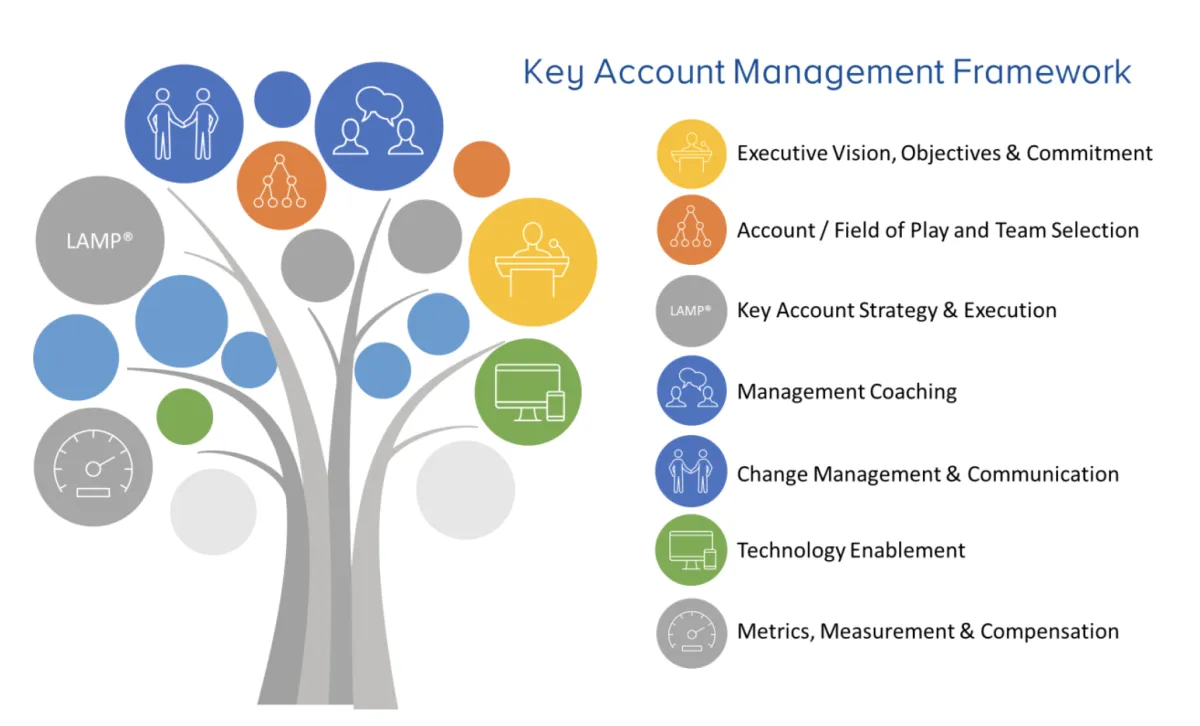
Once you have a grasp of your financial needs and banking habits, it’s time to delve into the specific account features offered by different banks. This step is crucial in ensuring you’re getting the most out of your banking relationship.
Minimum Balance Requirements
Many banks impose minimum balance requirements to avoid monthly fees. Consider how much you typically maintain in your checking account and compare it against the bank’s requirement. Opting for a bank with a lower or no minimum balance requirement can save you money if you prefer to keep your funds flexible.
Fees and Charges
Banks generate revenue through various fees, so it’s essential to be aware of these potential costs. Common fees include monthly maintenance fees, ATM withdrawal fees (especially for out-of-network ATMs), overdraft fees, and foreign transaction fees. Scrutinize the fee schedule of each bank to determine if their fee structure aligns with your banking habits.
Interest Rates
While interest rates on checking accounts are generally low, some banks offer higher-yield checking accounts. If you tend to maintain a significant balance, a higher interest rate can help your money grow passively. For savings accounts, compare the annual percentage yield (APY) offered by different banks to maximize your returns.
Account Access and Convenience
In today’s digital age, convenient account access is paramount. Consider the bank’s online and mobile banking platforms, ATM network, and branch availability. Evaluate the user-friendliness of their digital platforms and ensure their ATM network aligns with your geographic needs.
Additional Features
Beyond the core features, banks often offer additional perks that can enhance your banking experience. These might include mobile check deposit, person-to-person payment options, budgeting tools, financial planning resources, or reward programs. Determine which features align with your lifestyle and financial goals.
Evaluating Customer Service

Customer service can make or break your banking experience. While you might not interact with customer support frequently, having reliable and helpful assistance when you need it is crucial. Here’s how to evaluate a bank’s customer service:
Accessibility:
- Hours of operation: Does the bank offer support during hours that are convenient for you, including weekends or evenings?
- Communication channels: Are there multiple ways to reach them (phone, email, chat, in-person)?
- Branch availability: If you prefer in-person banking, consider the proximity and accessibility of physical branches.
Responsiveness and Efficiency:
- Average wait times: Research estimated wait times for phone and chat support.
- Email and inquiry response times: How quickly does the bank respond to emails or online inquiries?
- Online resources: Does the bank’s website offer comprehensive FAQs, tutorials, and self-service options?
Reputation and Customer Feedback:
- Online reviews: Check websites and forums for reviews from other customers about their experiences with the bank’s customer service.
- Social media: Observe how the bank interacts with customers on social media platforms and addresses concerns.
- Word-of-mouth: Ask friends, family, or colleagues about their experiences with different banks.
Using Online and Mobile Banking

In today’s digital age, convenient access to your finances is essential. When choosing a bank, prioritize those offering robust online and mobile banking platforms. This allows you to manage your money anytime, anywhere, with features like:
- Account balance checking and transaction history: Quickly view your current balance and past transactions without needing to visit a branch.
- Bill pay: Set up one-time or recurring payments to pay bills electronically, saving you time and hassle.
- Funds transfers: Easily move money between your accounts or send money to friends and family.
- Mobile check deposit: Deposit checks from your smartphone or tablet, eliminating trips to ATMs or physical branches.
- Customer support: Access FAQs, live chat, or direct messaging options for assistance with your online and mobile banking needs.
Consider your technology preferences and how important certain features are to your banking habits. A user-friendly and feature-rich online and mobile banking experience can significantly simplify your financial management.
Visiting Bank Branches
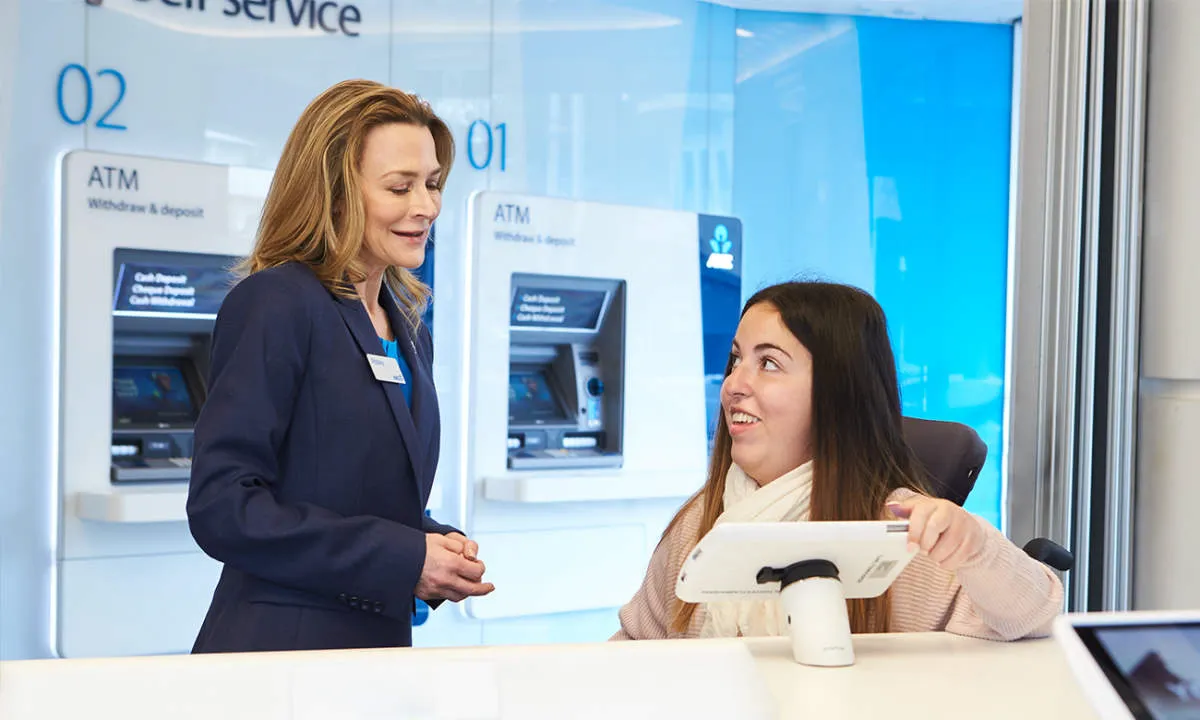
While online and mobile banking have become increasingly popular, there are still times when you might need to visit a physical bank branch. When making your decision about which bank is right for you, it’s important to consider the following:
Branch Accessibility
Consider the following regarding branch locations:
- Convenience: Are there branches conveniently located near your home, work, or along your commute?
- Branch Hours: Do the branches offer hours that are convenient for you? Are they open on weekends or evenings?
- Accessibility: If you have mobility issues, are the branches easily accessible?
In-Person Services
Think about which in-person banking services are important to you. Do you need:
- Teller services: Cashing checks, making deposits, or getting money orders
- Notary services
- Safe deposit boxes
- Face-to-face interactions with bank staff: Some complex transactions or inquiries are best handled in person
Branch Atmosphere
When you visit a branch, pay attention to the following:
- Cleanliness and Appearance: Does the branch appear clean and well-maintained?
- Wait Times: Are there typically long wait times?
- Customer service: Are the staff members friendly and helpful?
Visiting a bank branch allows you to get a feel for the bank’s atmosphere and customer service. It can be a deciding factor for those who value personal interactions and convenience in their banking experience.
Reading Reviews and Recommendations
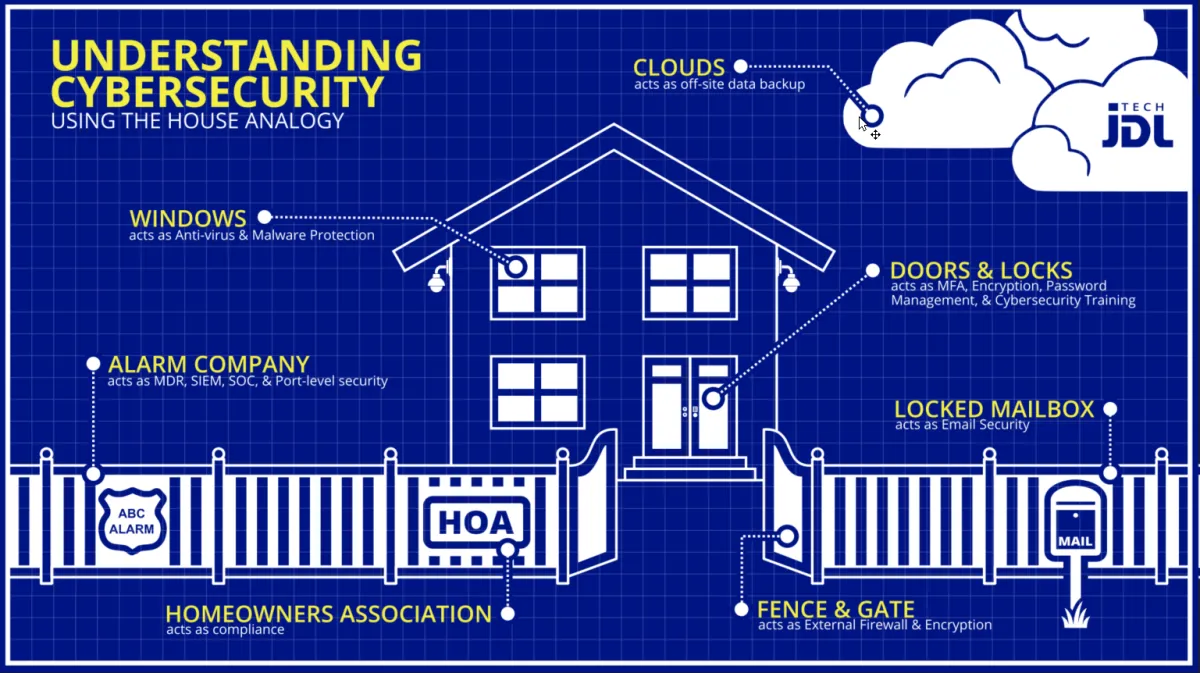
Once you’ve narrowed down your options based on your needs and priorities, it’s time to see what other customers are saying. Online reviews and recommendations can provide valuable insights into the real-life experiences of banking with different institutions.
Where to find reviews:
- Independent review websites: Websites like Trustpilot, ConsumerAffairs, and the Better Business Bureau (BBB) offer a platform for customers to share their experiences with various businesses, including banks.
- Financial websites and blogs: Many financial websites and blogs publish articles and rankings of the best banks, often incorporating customer feedback and reviews.
- Social media: Social media platforms like Twitter and Facebook can be good sources of real-time feedback on banks. Search for the bank’s name or relevant hashtags to see what people are saying.
What to look for in reviews:
- Overall customer satisfaction: Pay attention to the overall sentiment expressed in reviews. Are customers generally happy with the bank’s products and services?
- Customer service: How do customers rate the bank’s customer service? Are they responsive and helpful?
- Fees and charges: Are there any complaints about hidden fees or unexpected charges?
- Online and mobile banking experience: In today’s digital age, a smooth and user-friendly online and mobile banking experience is essential. Check reviews for any issues or frustrations customers have experienced.
- Branch experience: If you anticipate visiting a physical branch frequently, look for reviews that mention the branch atmosphere, wait times, and helpfulness of staff.
Tips for reading reviews:
- Take individual reviews with a grain of salt: Remember that online reviews can be subjective. One person’s negative experience may not reflect the bank’s overall performance.
- Look for patterns: Instead of focusing on individual reviews, pay attention to recurring themes and complaints. If multiple customers mention the same issue, it could be a red flag.
- Consider the source: Be aware that some reviews may be biased or influenced. Reviews from verified customers tend to be more reliable.
Considering Bank Accessibility

In today’s fast-paced world, convenient access to your finances is crucial. When choosing a bank, evaluating its accessibility is paramount. Here’s what to consider:
Branch and ATM Network
If you prefer in-person banking, a dense network of branches and ATMs in your area is essential. Consider:
- Branch proximity: Are there branches conveniently located near your home or workplace?
- ATM availability: Is there a good distribution of ATMs, especially fee-free options within the bank’s network?
Digital Banking Options
Most banks now offer robust online and mobile banking platforms. Assess the following:
- Online banking features: Can you easily check balances, transfer funds, pay bills, and manage accounts online?
- Mobile app functionality: Is the mobile app user-friendly and feature-rich, allowing you to perform most banking tasks on the go?
- Mobile check deposit: Can you deposit checks using your smartphone, saving you a trip to the branch or ATM?
Customer Service Accessibility
When you need assistance, easy access to customer service is vital. Consider:
- Customer service hours: Are representatives available 24/7, or are there limited hours of operation?
- Contact options: Does the bank offer multiple ways to reach customer service (phone, email, live chat)?
Understanding Security Features
When choosing a bank, security should be a top priority. You’re trusting this institution with your hard-earned money, so it’s crucial to understand the security measures they have in place to protect your funds and personal information. Here’s what to look for:
FDIC Insurance:
In the United States, ensure the bank is insured by the Federal Deposit Insurance Corporation (FDIC). This insurance protects your deposits up to $250,000 per depositor, per insured bank, in case the bank fails. Most reputable banks will prominently display their FDIC membership.
Two-Factor Authentication (2FA):
This security measure adds an extra layer of protection to your accounts. With 2FA enabled, you’ll need to provide two forms of identification to log in: something you know (password) and something you have (like a code sent to your phone). Look for banks that offer 2FA for both online and mobile banking.
Fraud Monitoring and Alerts:
Reputable banks invest heavily in fraud detection systems. These systems monitor your accounts for unusual activity and will alert you if any suspicious transactions are detected. Check if the bank offers customizable alerts, allowing you to set your own thresholds for transaction amounts or locations.
Secure Website and Mobile Apps:
Always verify that the bank’s website uses HTTPS (look for the padlock icon in the address bar). This encrypts your communication with the bank, making it much harder for hackers to intercept your data. Similarly, download mobile banking apps only from official app stores (Apple App Store or Google Play) and ensure they are developed and maintained by the bank itself.
Choosing the Right Bank for You
Now that you have a clearer picture of your banking needs and priorities, it’s time to evaluate your options and find the bank that best aligns with them. Here’s a step-by-step guide to help you navigate the selection process:
- Research and Compare: Start by researching different banks and financial institutions. Consider local banks, national banks, credit unions, and online banks. Compare their products, services, fees, interest rates, and customer reviews.
- Check Account Options: Ensure the bank offers the types of accounts you need, whether it’s a checking account, savings account, money market account, certificate of deposit (CD), or a combination of these.
- Evaluate Fees: Pay close attention to monthly maintenance fees, ATM fees, overdraft fees, and other charges. Some banks waive fees if you meet specific requirements, like maintaining a minimum balance or setting up direct deposit.
- Consider Interest Rates: If you’re interested in earning interest on your deposits, compare interest rates on savings accounts, money market accounts, and CDs. Keep in mind that interest rates can fluctuate.
- Assess Convenience and Accessibility: Determine the bank’s branch network and ATM availability, especially if you prefer in-person banking. Consider online and mobile banking features for managing your accounts remotely.
- Look into Customer Service: Research the bank’s customer service channels and hours of operation. Read reviews to get a sense of their customer service reputation.
- Consider Your Values: Some individuals prefer to bank with institutions that align with their values, such as supporting local businesses or promoting sustainable practices. Research the bank’s community involvement and ethical considerations.
- Read the Fine Print: Before opening an account, carefully review the terms and conditions, including fee schedules, account requirements, and any applicable disclosures.
Conclusion
Choosing the best bank for your needs is crucial for your financial well-being. Prioritize factors such as fees, interest rates, customer service, and convenience to make an informed decision.

